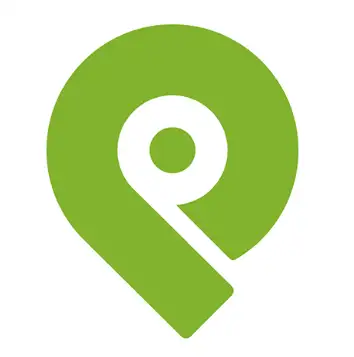Tailwind as a social media calendar: a brief overview
Managing social media effectively requires organization, consistency, and strategic planning. Tailwind, originally known for its Pinterest scheduling capabilities, has evolved into a full-featured social media calendar. It helps entrepreneurs, marketers, and small businesses create, schedule, and optimize posts across Pinterest, Instagram, and Facebook. In this review, we will explore the key features, benefits, and potential drawbacks of using Tailwind as a social media calendar tool.
Overview of Tailwind
Tailwind is a marketing tool designed to streamline content creation and scheduling for visual platforms. It offers an intuitive interface and AI-powered features that simplify the process of publishing engaging content. The calendar functionality allows users to map out their posting strategy visually, automate distribution, and even generate post ideas through Smart Assistant tools. Tailwind is especially well-suited for e-commerce sellers, bloggers, and solopreneurs looking to maintain a strong online presence with minimal effort.
Visual content calendar
Tailwind’s visual content calendar provides users with a clean and organized view of all upcoming posts. The drag-and-drop calendar makes it easy to reschedule content and fill in gaps across Pinterest, Instagram, and Facebook. Each post includes a visual preview, so users can see exactly how it will appear on each platform before it goes live.
This calendar view is especially helpful for visually driven brands, as it ensures a cohesive aesthetic and content flow. Users can color-code posts by campaign or platform to keep the strategy well-organized and easy to manage.
Multi-platform scheduling
Tailwind supports multi-platform scheduling, with a strong focus on Pinterest and Instagram. Users can create platform-specific posts, customize descriptions and hashtags, and schedule them according to optimized time slots recommended by Tailwind’s SmartSchedule. This data-backed scheduling helps increase engagement by posting when the audience is most active.
Tailwind’s Instagram features include first comment scheduling, hashtag lists, and grid previews, while Pinterest users benefit from pin looping and board lists — making it one of the few tools deeply tailored to visual marketing.
Bulk uploading and automation
Tailwind provides robust automation features including SmartLoops, which recycle evergreen content at optimal times. This is ideal for users with limited time who want to keep their feeds active without constant manual updates. Bulk image upload and content batching are also supported, allowing users to plan weeks of content in one session.
The tool also suggests pre-written posts and images with its AI-powered Ghostwriter and Tailwind Create features, helping users generate branded, on-theme visuals without needing external design tools.
Collaboration and workflow management
Tailwind is primarily built for small teams and individuals, so while it doesn’t have extensive collaboration features like user roles or approval workflows, it allows for basic content coordination. Users can create content libraries, reuse high-performing posts, and keep their calendars shared or duplicated across accounts to maintain consistency.
The tool is most effective for solopreneurs or marketing leads managing multiple channels on their own or with a small support team.
Pros of Tailwind as a social media calendar
Tailwind shines in ease of use and content automation. Its SmartSchedule and SmartLoop features significantly reduce the time needed to manage posting across multiple platforms. Built-in design and copywriting tools make it a one-stop solution for content creation, especially for visually-driven brands.
Its strong Pinterest and Instagram capabilities make it ideal for e-commerce and lifestyle content, which rely heavily on visuals and timing.
Cons of Tailwind as a social media calendar
Tailwind is more limited when it comes to collaboration and support for non-visual platforms like LinkedIn or X (Twitter). Users looking for in-depth analytics, approval flows, or advanced audience segmentation may find the platform less suited to their needs.
Additionally, while the design tools are convenient, they may not replace advanced graphic design platforms for more complex visual branding.
Ideal use cases
Tailwind is best suited for bloggers, influencers, e-commerce sellers, and small business owners who prioritize Pinterest and Instagram in their marketing strategy. It’s a perfect fit for users who want to automate content planning, streamline visuals, and maintain consistency without needing a full marketing team or complex systems.
Conclusion
Tailwind provides a smart and accessible solution for content planning and scheduling across visual platforms. Its AI tools, automation features, and design capabilities make it a valuable asset for small teams looking to maintain a polished and consistent social media presence. While it may not offer enterprise-level features, Tailwind is ideal for visually-focused brands seeking to simplify their calendar management and boost engagement effortlessly.












